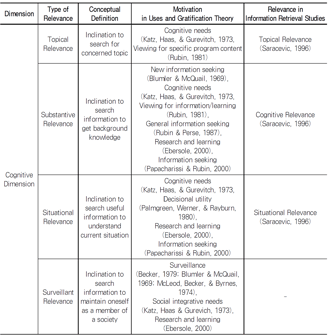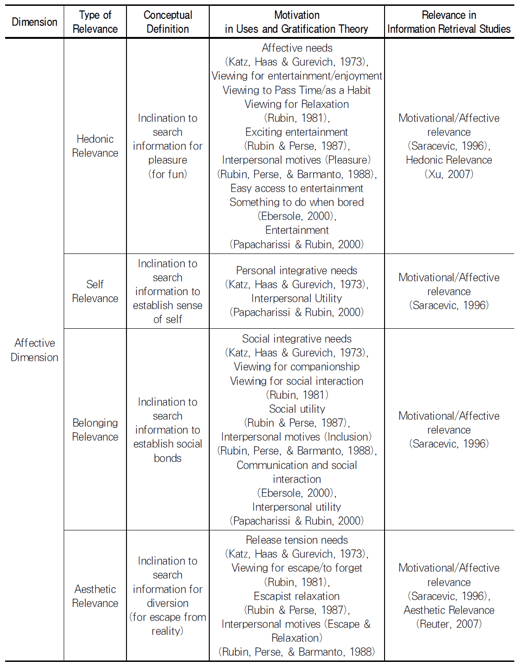1. Theoretical Background to my Research
Need for Orientation: The Invisible Engine of Public Attention
Gilly An
Before introducing this research, I would like to briefly explain how I first became interested in the concept of Need for Orientation (NFO). As I began studying agenda-setting theory, I was immediately struck by the potential of NFO. Because media effects do not occur in a vacuum, there must be a kind of trigger—a driving force—that initiates the effects. In the context of agenda-setting effects, NFO serves as that trigger. NFO provides the psychological framework of the users, explaining why users construct their thoughts because of media information.
The concept of NFO is elegantly simple: it concerns interest and uncertainty. When an individual feels both interested in and uncertain about a particular issue, they are more likely to pay attention to and absorb information related to it. Of course, "interest" and "uncertainty" are critical notions that I have worked to refine and reinterpret through multiple studies. However, from the very first moment I encountered NFO, I instinctively knew: this was the concept I was meant to study.
So, I decided to dive deeper into the concept of NFO—specifically, the "relevance" side of it, which basically boils down to interest. Relevance is defined as people’s inclination to access certain issues in news. In order to account for users’ various needs for requiring information, I divided it into 8 sub-dimensions, four of which were in the cognitive dimension and four of which were in the affective dimension. The cognitive sub-dimensions were conceptualized as topical (inclination to search for the related topic), substantive—later called intellectual—(inclination to gain background knowledge), situational (inclination to search for information about current events) and surveillant (inclination to search for information to care oneself to stay as a member of a society). The remaining four sub-dimensions in the affective dimension were conceptualized as hedonic (inclination to search information for pleasure), self (inclination to search information to establish a sense of self), belonging (inclination to search information to establish social bond) and aesthetic—later called evasive—(inclination to search information as a distraction). The criteria used to redefine NFO and divide it into sub-dimensions were ideas borrowed from literature on information retrieval and from agenda-setting theory and uses and gratification found in media effects theory.
For a more detailed look at the conceptualization process, please refer to the two tables below.
So, now you’re wondering, “how did I bring this new version of NFO into my own research?” Check out the next post to see how it all comes together!
Also, aren’t you curious about how I redefined not just relevance, but uncertainty as well? You can see my post regarding uncertainty.
The first table illustrates how the four sub-dimensions of relevance in the cognitive dimension have been conceptualized. The cognitive dimension was later renamed the objective dimension, reflecting motivations fulfilled through the objective aspects of information. Moreover, the sub-dimension originally labeled ‘substantive’ was renamed ‘intellectual’ in subsequent research.




The second table shows how the four sub-dimensions of relevance in the affective dimension have been conceptualized. The affective dimension was later renamed the subjective dimension, reflecting motivations fulfilled through the subjective aspects of information. Moreover, the sub-dimension originally labeled ‘aesthetic’ was renamed ‘evasive’ in subsequent research.
(After redefining a concept, finding the perfect name took a few tries—naming’s definitely not something just anyone can do in one go. 😄)
An, S. & Lee, G. (2019). Cognitive and Affective Dimensions of Need for Orientation: A New Approach to Devising Agenda Setting Effect’s Psychological Backbones. Korean Journal of Journalism & Communication Studies, 63(5), 367-399.
These tables are taken from my master’s thesis, as well as from An & Lee (2019), which is a revised and extended publication of that work.
Seohyun (Gilly) An
Ph.D., Postdoc Researcher Communication & Media Research Center, Ewha Womans University
11-1 Daehyun-Dong, Seodaemun-Gu Seoul, Korea (03760)
© 2025. All rights reserved.